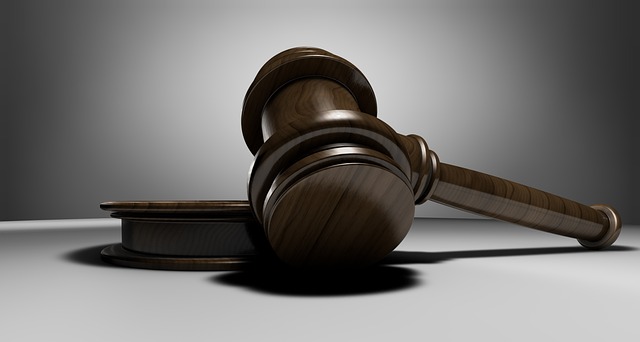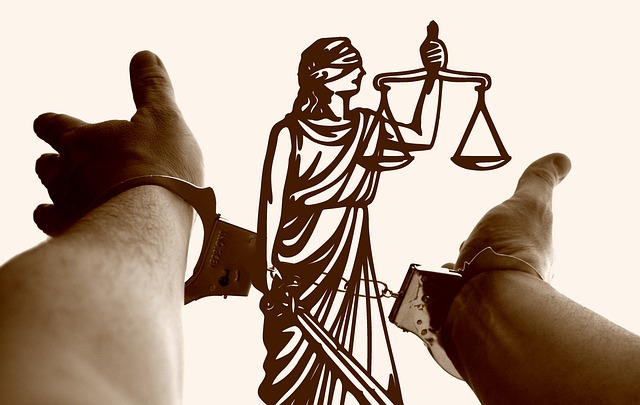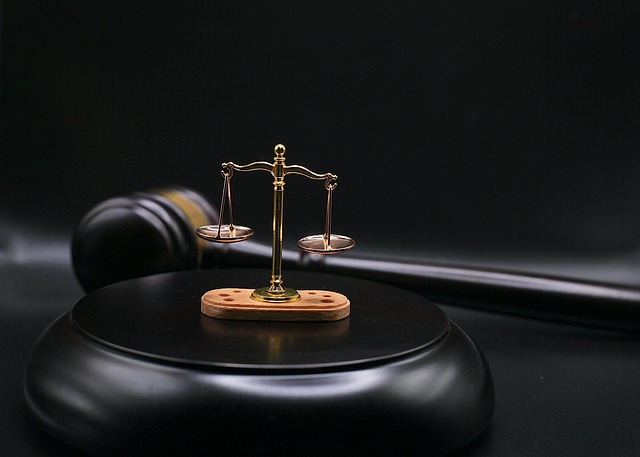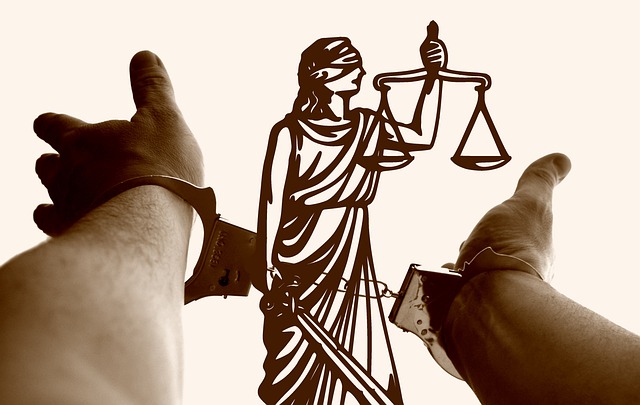Organizations investigating C-Level misconduct must masterfully navigate a complex web of fact-finding, legal frameworks, and personal injury settlement offers. This involves scrutinizing financial records, evaluating medical evidence, and understanding case strategies to ensure justice, protect executive rights, and maintain public integrity throughout the process.
In the complex landscape of corporate investigations, C-level executives are not immune to scrutiny. This article delves into a comprehensive guide on navigating high-level inquiries, covering critical aspects from uncovering misconduct to post-investigation compensation. We explore effective strategies for investigating personal injury claims and demystify settlement offer strategies. Armed with insights into the legal framework governing these inquiries, readers will gain a robust understanding of managing outcomes, including compensation processes, in light of recent developments.
- Uncovering C-Level Misconduct: A Roadmap
- Investigating Personal Injury Claims Effectively
- Understanding Settlement Offer Strategies
- Legal Framework for High-Level Inquiries
- Navigating Post-Investigation Compensation
Uncovering C-Level Misconduct: A Roadmap

In the realm of corporate investigations, uncovering misconduct at the C-Level is a delicate and crucial task. When allegations surface, organizations must navigate a complex landscape to ensure justice and maintain their integrity. The roadmap to understanding and addressing C-Level misconduct begins with thorough fact-finding. This involves sifting through financial records, emails, and witness statements to uncover potential wrongdoings. A meticulous approach is essential to provide a clear picture of the situation, which can lead to either a complete dismissal of all charges or winning challenging defense verdicts.
By employing robust investigative techniques, professionals can identify patterns and discrepancies that may indicate intentional misconduct. This process demands a deep dive into the respective business operations, legal frameworks, and industry standards. Understanding personal injury settlement offers and the potential impact on the organization is key. Through strategic analysis and evidence collection, investigators aim to present a compelling case, ensuring accountability and promoting ethical conduct among top-level executives.
Investigating Personal Injury Claims Effectively

Investigating personal injury claims requires a thorough understanding of the intricacies involved. When considering a settlement offer in such cases, it’s crucial to delve into the specifics and assess whether it aligns with the potential outcomes of a trial or alternative dispute resolution methods. This process involves examining medical records, gathering expert opinions, and evaluating factors like liability, damages, and the applicant’s overall case strength.
By understanding personal injury settlement offers, individuals can make informed decisions about their legal options. This is especially relevant in regions across the country where jury trials play a significant role in resolving civil matters. Moreover, as philanthropic and political communities increasingly pay attention to such cases, ensuring fair and just outcomes becomes paramount.
Understanding Settlement Offer Strategies

Personal injury settlements are a crucial aspect of legal proceedings, especially in complex cases involving white-collar defense and economic crimes. Understanding settlement offer strategies is essential for both plaintiffs and defendants throughout all stages of the investigative and enforcement process. By evaluating the strength of their case, potential risks, and desired outcomes, individuals or organizations can make informed decisions when presented with a settlement offer.
This approach involves carefully considering factors such as the severity of injuries, available evidence, legal precedents, and the financial resources of each party. In white-collar and economic crime cases, where allegations may span years and involve intricate financial transactions, a nuanced understanding of settlement offers becomes even more critical. It can help navigate the complexities of these cases, ensuring that the best possible outcome is achieved for all involved while respecting the integrity of the legal process.
Legal Framework for High-Level Inquiries

The legal framework for high-level inquiries, such as those launched at the C-Level, is a complex web designed to balance justice with due process. When investigating individuals at the executive level, understanding personal injury settlement offers becomes crucial. These investigations often involve scrutinizing financial records, evaluating potential liability, and navigating intricate legal landscapes to avoid indictment while ensuring transparency. The respective business practices and decisions of these high-ranking officials can have far-reaching implications for not just their own organizations but also for the philanthropic and political communities they engage with.
Compliance with regulations and an understanding of the nuances in personal injury cases are essential steps in managing such inquiries. By carefully considering the legal context, companies and their leaders can better navigate these processes, ensuring that any allegations are addressed fairly. Avoiding indictment is a key objective, as it allows for a more focused investigation without undue interference or negative repercussions for the accused individuals and their respective business ventures.
Navigating Post-Investigation Compensation

After a thorough C-Level investigation, one of the key considerations is navigating post-investigation compensation. This process involves understanding personal injury settlement offers, which can be complex and multifaceted. It’s crucial to have a clear strategy for evaluating these offers, especially when dealing with high-level executives or individuals from philanthropic and political communities who may face not just legal but also public scrutiny.
Avoiding indictment is a primary concern during this phase. Given the potential impact of white-collar and economic crimes on these individuals’ careers and reputations, settlement agreements often play a pivotal role in mitigating further damage. As such, understanding the nuances of personal injury settlements becomes essential for both the individuals involved and their legal representatives. This includes assessing the economic implications, any non-monetary damages, and the potential long-term effects on professional and personal life.
In conclusion, a comprehensive approach to C-level investigations is essential for any organization aiming to uphold integrity and mitigate risks. By effectively navigating the legal framework, understanding settlement offer strategies, and mastering the art of personal injury claim investigations, businesses can ensure fair outcomes and maintain their reputation. This article has provided valuable insights into each step of this process, empowering professionals to tackle these complex scenarios with confidence and competence.






